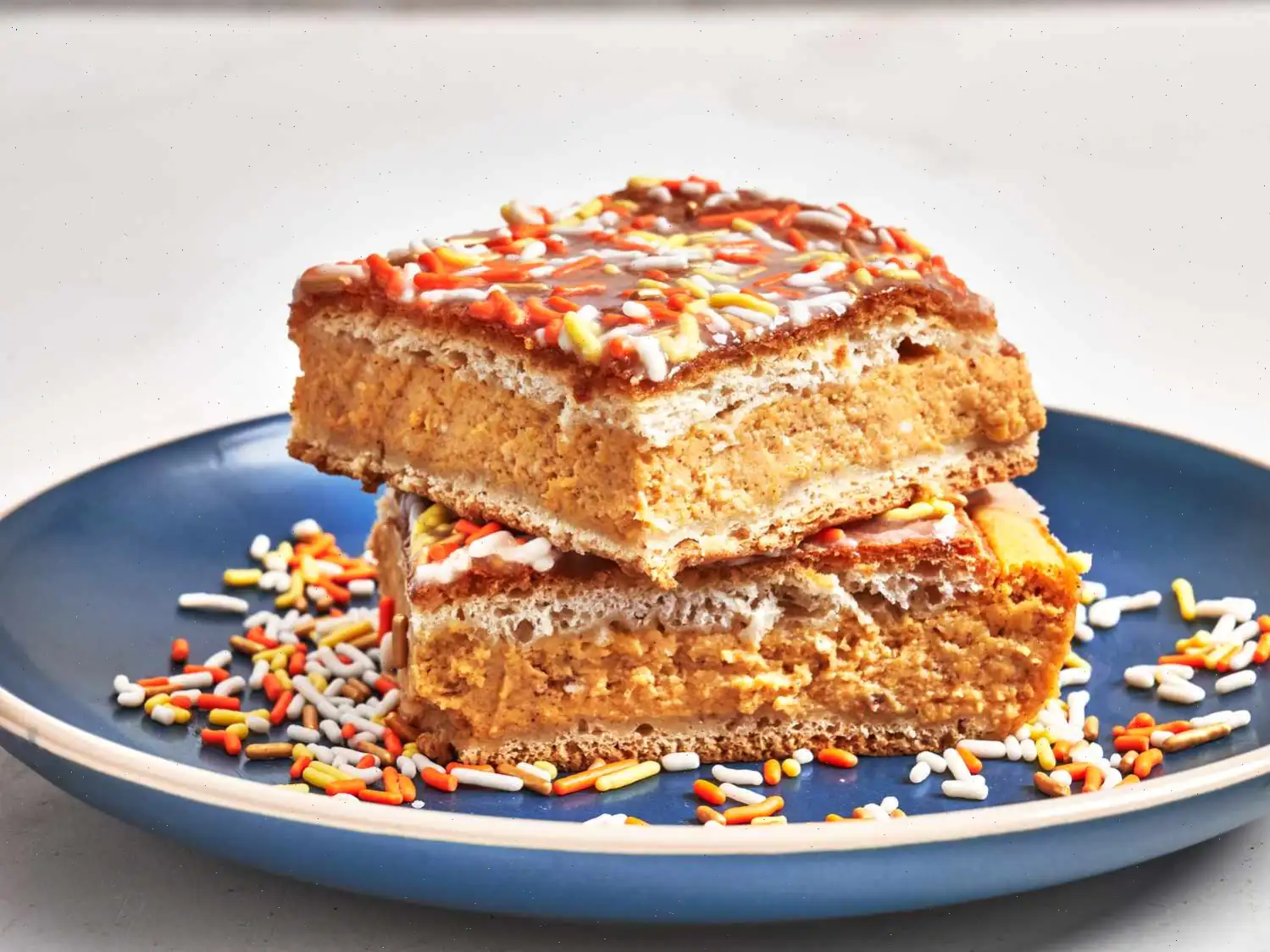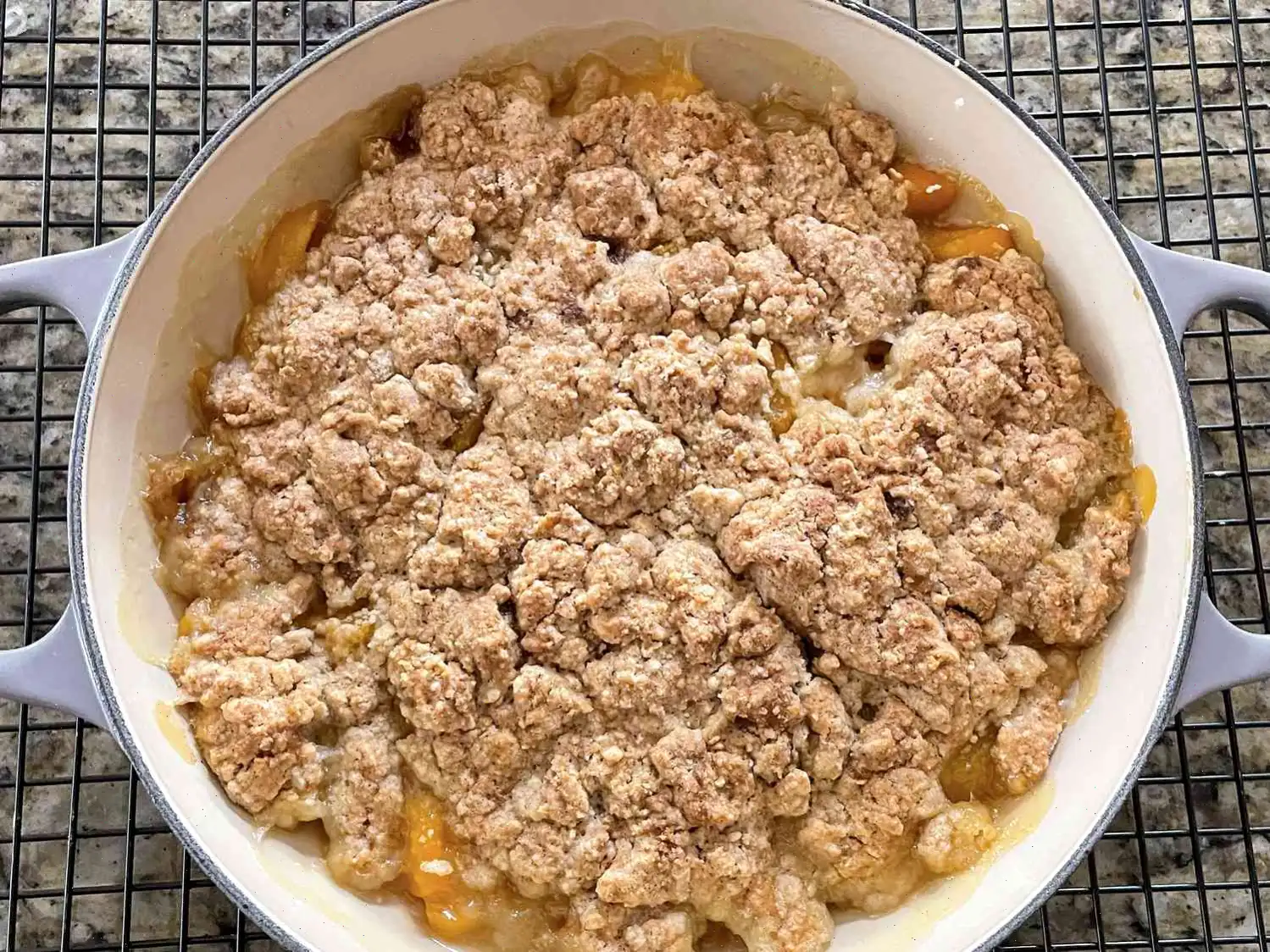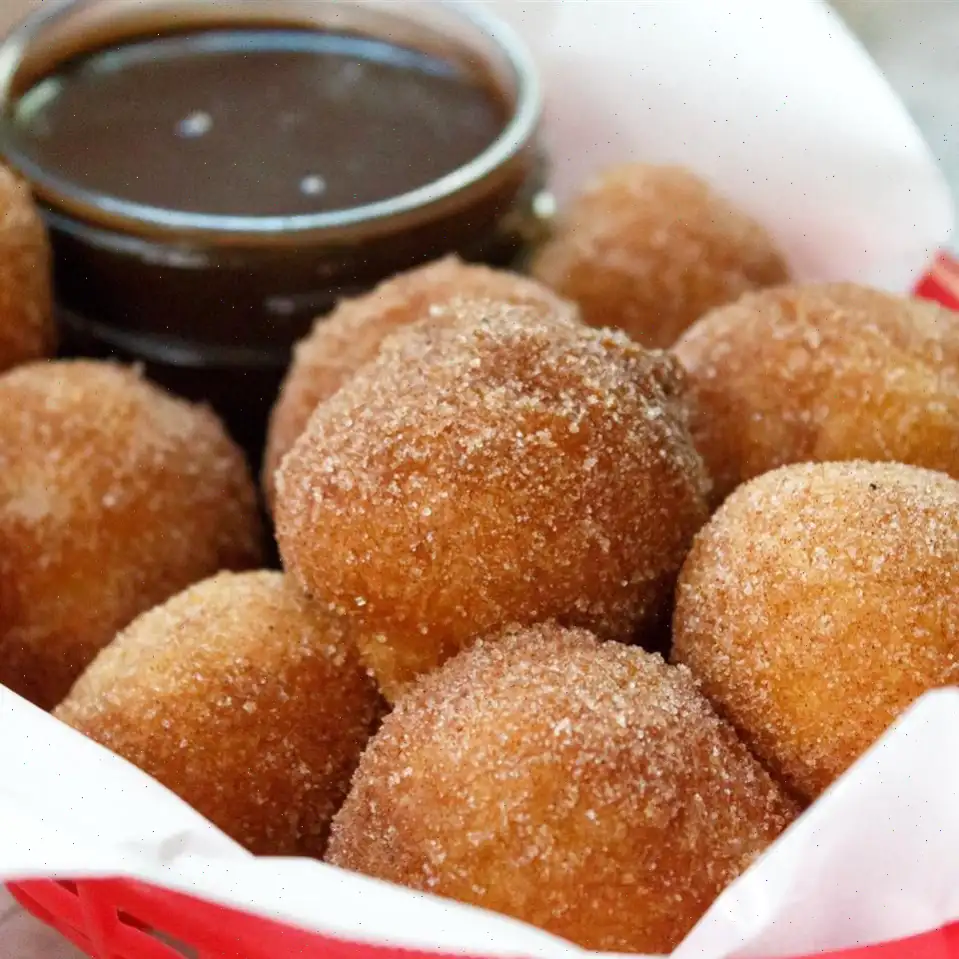
German Rhubarb Meringue Cake Recipe
Ingredients
This recipe yields 10 servings.
- cup white sugar
- cup unsalted butter, at room temperature
- 2 teaspoons vanilla sugar
- 1 pinch salt
- 2 large eggs
- 1 1 cups all-purpose flour
- 2 teaspoons baking powder
- 3 cups peeled and chopped rhubarb (or more to taste)
- 2 tablespoons white sugar (for topping)
- 3 large egg whites
- cup white sugar (for meringue)
Directions
Step 1: Prepare the oven and pan
Preheat the oven to 350F (175C). Butter a 10-inch springform pan to prevent sticking.
Step 2: Make the cake batter
In a large mixing bowl, combine white sugar, unsalted butter, vanilla sugar, and a pinch of salt. Beat with an electric mixer until smooth and creamy.
Gradually add the eggs one at a time, mixing well after each addition to incorporate fully.
Sift the flour and baking powder together in a separate bowl, then add to the egg mixture in increments, about cup at a time. Mix until just combined after each addition.
Pour the batter into the prepared springform pan, spreading it evenly.
Step 3: Add rhubarb topping
Press the peeled and chopped rhubarb pieces gently into the batter. Sprinkle 2 tablespoons of white sugar evenly over the top of the batter.
Step 4: Bake the cake
Place the pan in the preheated oven and bake for about 30 minutes, or until the cake is lightly browned on top.
Step 5: Make the meringue
While the cake is baking, prepare the meringue. In a glass, metal, or ceramic bowl, beat the egg whites with an electric mixer until foamy.
Gradually add the cup of white sugar while continuing to beat the egg whites until stiff peaks form and the meringue becomes glossy.
Step 6: Add meringue and finish baking
Once the cake is done, remove it from the oven. Spread the meringue evenly over the top of the cake.
Return the cake to the oven and bake for an additional 15 minutes, or until the meringue is set and lightly browned on top.
Step 7: Cool and serve
Allow the cake to cool in the springform pan before serving, so the meringue can firm up and the flavors meld together.
Nutrition Facts (per serving)
| Calories | 278 |
| Total Fat | 10g (13% DV) |
| Saturated Fat | 6g (31% DV) |
| Cholesterol | 57mg (19% DV) |
| Sodium | 145mg (6% DV) |
| Total Carbohydrate | 44g (16% DV) |
| Dietary Fiber | 1g (4% DV) |
| Total Sugars | 31g |
| Protein | 4g (8% DV) |
| Vitamin C | 3mg (3% DV) |
| Calcium | 96mg (7% DV) |
| Iron | 1mg (6% DV) |
| Potassium | 152mg (3% DV) |
Percent Daily Values (DV) are based on a 2,000 calorie diet. Your daily values may be higher or lower depending on your calorie needs.

This traditional German dessert combines the tartness of rhubarb with the sweetness of meringue, creating a delightful and visually stunning cake. A soft, fluffy vanilla cake base is topped with tangy rhubarb and covered with a crisp, airy meringue. Perfect for spring and summer, this cake is easy to prepare and makes a great centerpiece for any occasion.
History of the German Rhubarb Meringue Cake
The German Rhubarb Meringue Cake, or "Rhabarber-Baiser-Kuchen," has its roots in the northern regions of Germany, where rhubarb grows abundantly in cooler climates. Rhubarb has been used in German baking for centuries, especially in the form of cakes, pies, and tarts. The combination of tart rhubarb and sweet meringue was popularized in the 19th century, and today it remains a staple of German desserts, often enjoyed in cafs and bakeries. The light meringue topping is a classic feature of many German cakes, balancing the tanginess of the fruit with its delicate sweetness.
Regional Variations
While rhubarb cake recipes are widespread across Germany, regional differences do exist. In northern Germany, the cake may be made with a buttery shortcrust base, while in the south, it is more common to find a sponge or yeasted dough. The meringue topping is a key feature of this particular variation, often seen in the northern parts of the country. This cake is also commonly made during the early spring months, when fresh rhubarb is in season. In other regions, rhubarb may be used to fill pastries or layered into tarts.
How It Differs from Similar Cakes
What sets the German Rhubarb Meringue Cake apart from other fruit-based cakes is the combination of soft cake, tart fruit, and crispy meringue. While other fruit cakes may include icing or custard, the meringue in this cake provides a light, airy contrast to the dense cake and tangy rhubarb. Additionally, the German style of preparing rhubarb often results in a lighter, less sweet cake than other versions of rhubarb desserts, which may feature more sugar or heavier frostings.
Where It Is Usually Served
This cake is typically served in German bakeries, especially in the spring and early summer, when rhubarb is in season. It is often enjoyed as part of a light afternoon snack with coffee or tea, a tradition in many German-speaking countries. Its also a popular dessert at family gatherings, community festivals, and outdoor picnics, thanks to its refreshing balance of flavors. Whether enjoyed with friends in a caf or at home with family, the German Rhubarb Meringue Cake is perfect for bringing people together.
Interesting Facts
- Rhubarb is technically a vegetable, though it is often treated as a fruit in baking due to its tart flavor.
- In Germany, rhubarb is a symbol of spring, and its short season is celebrated with numerous rhubarb-based dishes and desserts.
- The meringue topping, which is crisp and slightly chewy, is made from egg whites and sugar, and is often used in German pastries to add a light texture contrast to richer ingredients.
- German rhubarb cakes are sometimes made with other fruits such as strawberries or cherries, but rhubarb remains the most traditional choice due to its seasonal abundance.
- This cake has become a beloved dessert not only in Germany but also in neighboring countries such as Austria and Switzerland, where similar variations are made using local ingredients.








